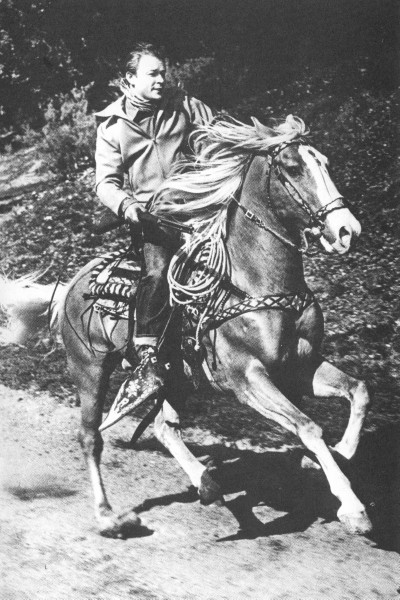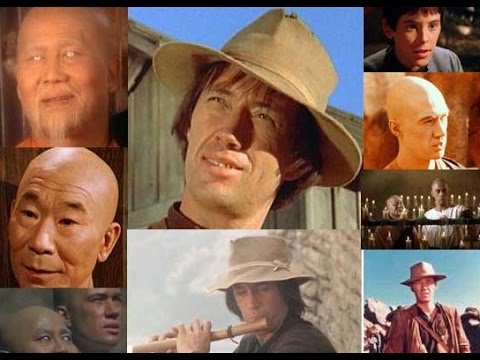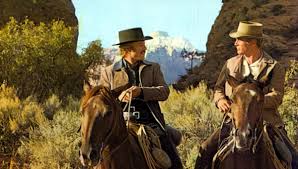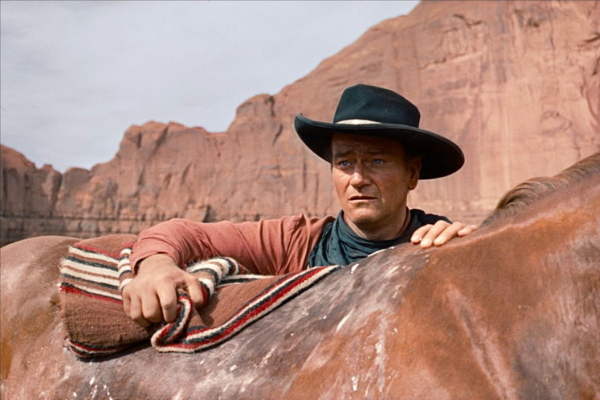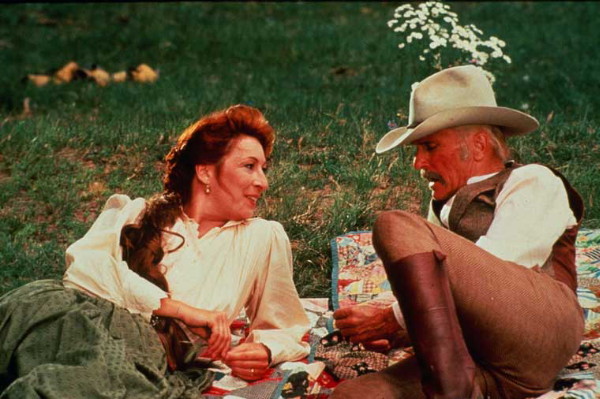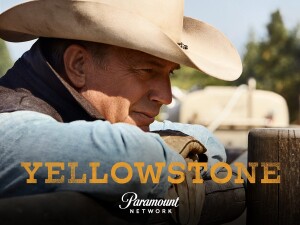I spent weeks of my childhood summers with my grandparents on a farm in rural South Carolina. My grandfather raised cattle and hogs, and had a plow mule even in the age of tractors. He would take me with him on his chores, traveling around the farm in a creaky pick-up truck with the windows rolled down in the southern heat.
Once I helped my grandfather capture a calf that had gotten out of the fence; it sized me up as the weakest link and charged towards me; I felt scared and jumped out of the way; my grandfather ran to me, I thought he would be upset because I let him down and let the calf escape; he grabbed me by the shoulders and hugged me, and said, “Son, you should have jumped sooner. That cow could’ve killed you.”
Every evening, as I remember it, my grandfather and I watched Westerns on a small black-and-white TV. I had an early bedtime, so these may have been reruns before prime time. One evening we would watch Gunsmoke, another evening it would be Wagon Train or Rawhide. There were so many Westerns back then in the fifties and sixties: Bonanza, Maverick, The Rifleman, Branded, The Lone Ranger, Roy Rogers, Bat Masterson, Zorro, The Big Valley, Cheyenne, Have Gun – Will Travel, Sugarfoot, The Virginian, others I don’t remember right off.
One night I dreamed that a buffalo herd was stampeding toward me, like in a scene from one of those westerns; in the dream, I was crouched behind a fallen log, and the buffalo jumped over the log and landed on the other side of me, again like in a scene I had watched on TV; I must have been whimpering or thrashing around or something, so my grandmother came to check on me; when she sat down, I felt the mattress sink and I thought the buffalo were stomping next to me, and I screamed and sat up straight; my grandmother thought she had scared me, so I tried to explain about the buffalo.
Kung Fu came out when I was in college, and I planned my schedule around it. A few years later, when I was working my first job, I watched the reruns every night, usually with friends in the neighborhood. This area of coastal South Carolina was famous for its population of herptiles, and collecting them was a science and a hobby. One of my friends came in during an episode of Kung Fu, and waited for a commercial break before he started talking. He said, “You know, I don’t think I’m going to hunt rattlesnakes barefoot any more.”
As a young adult, I caught Western movies when they came out in theaters (including Blazing Saddles, Dancing With Wolves, and Little Big Man; while I was traveling around, I went to a theater in Paris and saw Butch Cassidy and the Sundance Kid with French subtitles… Qui sont ces hommes ?.
As time has gone by, I have seen most of the classic Westerns on DVD (including The Searchers, Unforgiven, Stagecoach, The Outlaw Josey Wales, McCabe & Mrs. Miller, Once Upon a Time in the West, and The Good, the Bad, and the Ugly).
Together with 26 million other households, my family watched the Lonesome Dove miniseries in 1989, and I later rewatched it on VHS and DVD. Before the TV adaptation aired, I had already read Larry McMurtry’s novel, and a guest lecturer at my local library mentioned that McMurtry classified Lonesome Dove as an American Arthuriad. That launched me into an ongoing study of the parallels between the legends of King Arthur and the Western. For more detail, see the Lonesome Dove menu on my website.
So, in 2018 when I heard there was a new Western starring Kevin Costner on TV, I naturally gave Yellowstone a try. As television presentations, both Yellowstone and Lonesome Dove take advantage of more space than a movie provides to explore themes, characters, and plot lines. The Lonesome Dove miniseries ran over four nights in two-hour installments, which amount to more than six hours of programming after subtracting commercials. Yellowstone has aired four seasons of ten episodes each as of January of 2022 and has announced a fifth season with fourteen episodes.
